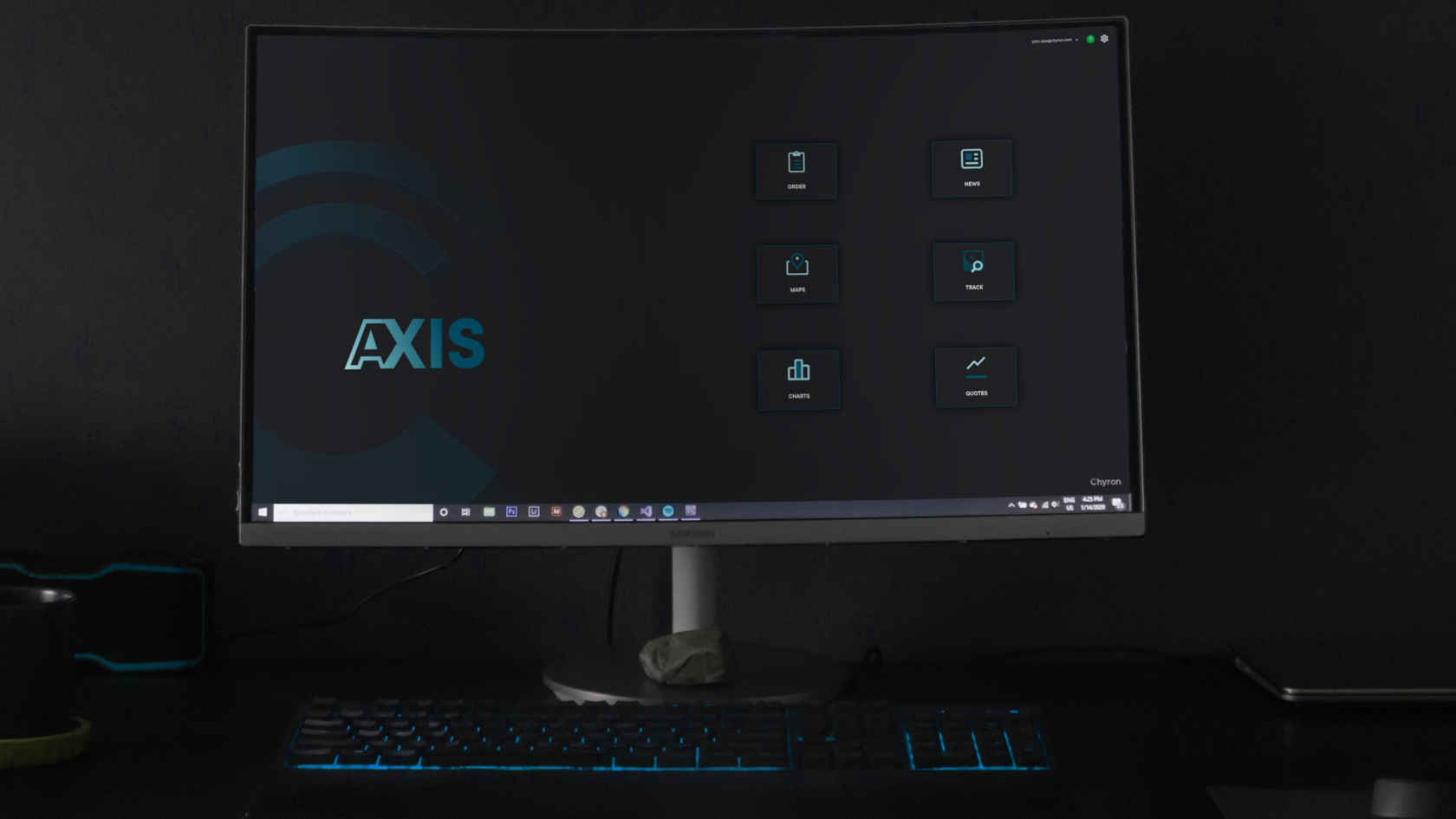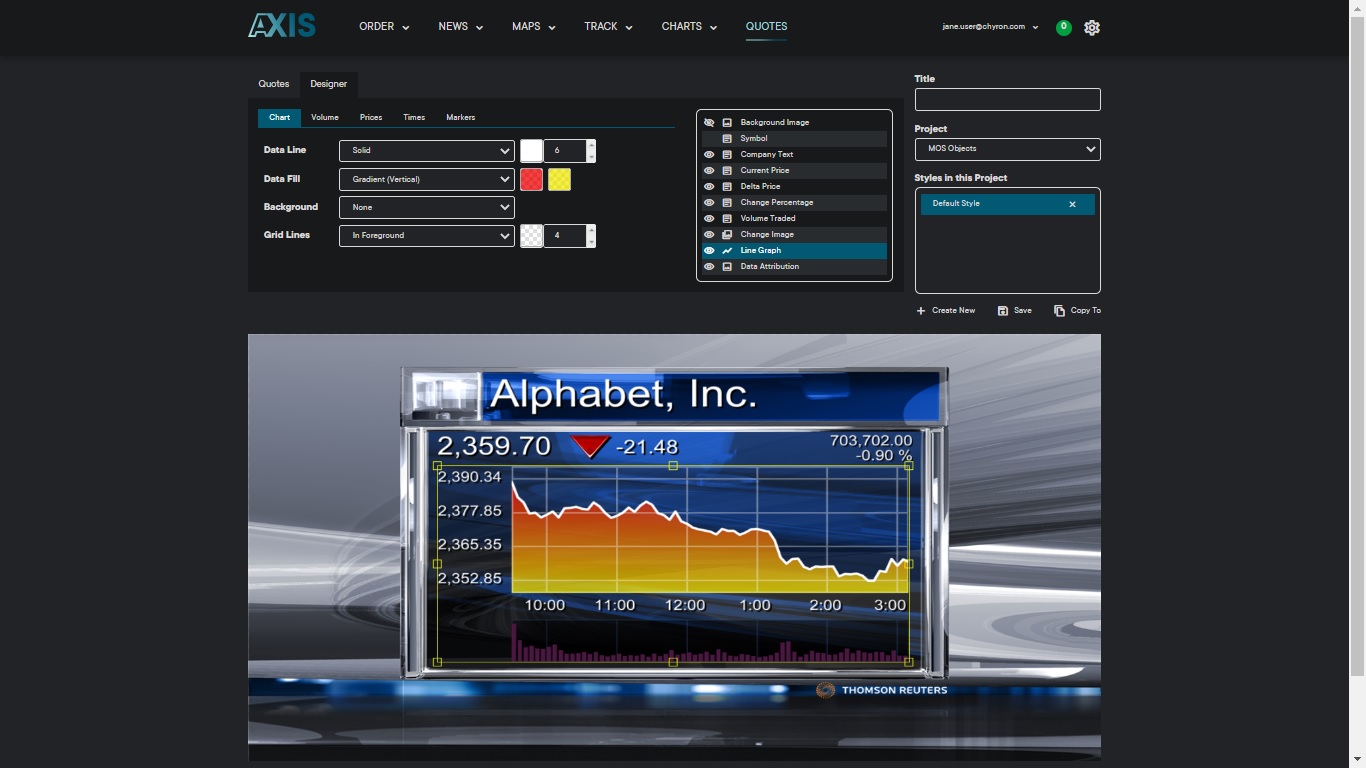
Streamlined News Graphics: What Are You Missing?
News Graphics Then and Now
Prior to 2005, producing graphics for broadcast news was time-consuming and often stressful. Journalists and reporters would receive their story assignments, and in turn, would send orders to the graphics department for name supers, images, or other visuals to support their stories. They may have fired off an email or run down the hall to the control room with a hastily handwritten list.
The CG operator or designer would then scramble to prepare dozens of lower thirds, along with any over-the-shoulders or full screens that were needed. Often, they were ready just in time for the evening news, or maybe these dedicated CG gurus were still preparing graphics as the show went to air. Along with designing the CG graphics, of course, there were various headshots, maps, charts, and other supporting imagery to be located, sized, enhanced, or designed, and then inserted into the graphics.
Then, in the mid-2000s, MOS (media object server protocol) workflows came along. CG graphics could be templatized and integrated with the newsroom computer system. Work suddenly became much more efficient for everyone on the team.
Designers could create graphics with the correct branding and keep certain elements locked, but expose other elements to be fulfilled or altered directly from the reporter’s or journalist’s NRCS client workstation. Typically, important design elements – colors, size, positioning, and fonts – are set to be fixed in these templates – not exposed for edits from the NRCS client plugin. But the text field and supporting image fields can be edited to suit any story in the news rundown.
Once a fulfilled template is linked to a story and the story is in the news rundown, the rundown automatically triggers the CG to play the correct template, with the correct text, in the correct order. Everyone wins, with less stress and the assurance that graphics will be on brand and on time.
What’s Missing?
However, even today, with most MOS workflows, a key efficiency may be missing. What about those headshots and other images? Or maps and charts? Or an effective and fully integrated order management system? Even with a template-based MOS workflow, many facilities enjoy the ease of calling up templates from the newsroom, but still struggle with a patchwork of inefficiencies when it comes to ordering those customized, specialized images to add to those templates. Yes, the MOS workflow is streamlined if only text is needed for a template, but not so much if there are other assets required.
Benefits of AXIS
Chyron AXIS is a unique, easy-to-use tool that incorporates all of the functionality for:
- Order management and tracking
- Stunning content creation, including maps, charts and quote displays
- Searching for images from AP and Getty
- Creating composites of 2 images, for foreground and background
Realizing the vision of a completely efficient end-to-end graphics workflow, AXIS integrates fully with Chyron’s CAMIO MOS workflow, allowing the journalist to work in their familiar environment, selecting a template and then opening AXIS directly from within the template browser to order or select items needed to fulfill the template. Thus, AXIS fills in the key piece that is missing from most modern MOS workflows. However, AXIS can also operate as a standalone, enhancing workflows of third-party CG providers.
AXIS is time-tested, having been in use for over ten years at many major broadcast facilities, but recently it got a brand new look and some exciting new features. The web-based user interface now presents a modern, dark look and easy access from the post-login screen or the main menu to each of its key feature sets, including:
- Track
- Order
- News (fulfill graphics templates)
- Maps
- Charts
- Quotes

The News toolset is especially powerful and flexible. It may be accessed from the post-login screen or the main menu, or directly from the NRCS client interface. Directly from the Chyron CAMIO plugin in the NRCS client interface, reporters and journalists can not only browse graphics templates and fulfill the text as needed, but they can access AXIS to add, order and composite any images that they need to complete the template fulfillment. The journalist now has complete freedom to create graphics with a professional look and feel.

The workflow is already in use at a variety of stations. In small markets or public broadcasting, this approach offers economy while still maintaining tight brand consistency. For larger broadcast organizations, AXIS is flexible, allowing sharing of assets across multiple locations, but also customized orders of graphics for different stations and programs.
However, even broadcasters who currently use a non-Chyron graphics or MOS workflow, find that AXIS works well as a handy, unified tool for everything related to order management and fulfillment to procure and track images, maps, charts and quotes to insert into their on air graphics.
The Order toolset offers end-to-end management of the order process from assignment to submission to approval. With Order, it is easy for order requesters to see the design team’s workload, for designers to see assignments and for everyone to communicate.

The Maps toolset now supports the latest geographic datasets covering North America and continental Europe. With this toolset, users can create highly customized maps, specifying the overall style of the map, the display of political borders (national, regional, local, town), the display of roads/trains/ferries, along with many other customizations.

The Track toolset manages images uploaded to the system, assets created with other modules in the system – maps, charts and quotes – and assets from image providers, with support for the latest APIs from the Associated Press and Getty Images. Robust search and filtering features make tracking images easy.
Note that AP and Getty images are available through AXIS to users who have a subscription to these services. Managing service provider images through AXIS allows an organization to efficiently use any single image across multiple users or departments, or for multiple purposes, without having to retrieve it multiple times from the image provider.

AXIS’ Charts toolset has long supported the creation of pie and bar graphs and now offers more design options. There is even an option to animate your charts, so that the bars appear to grow or the pie pieces fill in as you specify.

Quotes, another popular AXIS toolset, generates stunning displays of financial information including stock name, current price and delta from previous price, along with user selected green up arrow or red down arrow images. Choose the background design that you want, fonts and colors, and more.

To learn more about AXIS, please visit the AXIS webpage and download the PI Sheet or request more information.


